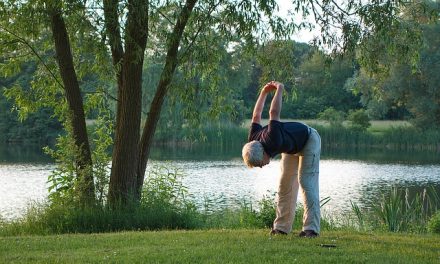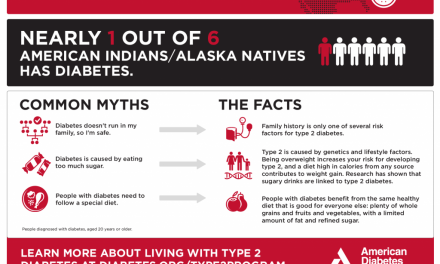"Do I have to sweat or don't I?" First we heard the "no pain, no gain" philosophy of exercise. Then the American College of Sports Medicine and the National Institutes of Health came out recommending 30 minutes a day of activity equivalent to brisk walking -- broken up into shorter sets if desired. Yet the most recent report from the American Institute for Cancer Research recommends that for optimum health we increase our goal to an hour of moderate activity each day, and through the week tack on one or more sessions of vigorous activity to total at least an hour.
If the differences in these messages is confusing, the key is to focus on what each is trying to achieve. Remember, at least 25 percent of adult Americans are sedentary couch potatoes.
The recommendations that we work in at least 30 minutes of moderate activity are giving us a first level, achievable target to hit. We can reach this goal through walking, gardening, bicycling, and even lifestyle adjustments like taking the stairs and parking farther from our destinations. This is exercise at a pace that's invigorating but does not leave us short of breath. No sweating required!
What's the pay-off? This level of activity, if done five to seven days a week, reduces the incidence of heart disease, high blood pressure and diabetes; decreases the pain of arthritis; and aids in weight control. Many find that it even improves sleep and mood swings.
Research is strong and consistent that regular exercise protects against colon cancer, and it may reduce risk of breast cancer as well. While difficult to quantify and compare, activity levels equal to slightly beyond minimum recommendations -- totaling about 500 to 700 calories per week -- reduce risk of colon cancer by about 40 percent compared to sedentary men and women.
So why bother with anything vigorous? Studies show that more intense exercise pays off with a greater drop in heart disease. By pushing heart rate a bit farther (but not beyond limits appropriate for an individual's age and medical condition) greater heart conditioning occurs. Some researchers recommend that a single longer exercise session strengthens the heart in ways that can't be achieved when it must beat a little harder for only short blocks of time scattered through the day.
The final message then is an individual one. None of today's published exercise recommendations discourages vigorous exercise. But if you don't have the interest or time, or if you're starting at the sedentary end of the scale, don't get caught in all-or-nothing thinking. Start by trying just 10 minutes, then 20 to 30 minutes of moderate exercise throughout the day. Once you've got a steady 30 minutes a day, consider whether you might want the additional benefits that come with extending that time further, adding in additional vigorous activity at least once a week, or both. Be sure to consult your physician before beginning any exercise program if you've had prior health problems.
To sweat or not to sweat, the choice is yours; just get moving.
Karen Collins, M.S., R.D.,C.D.N.
AICR










